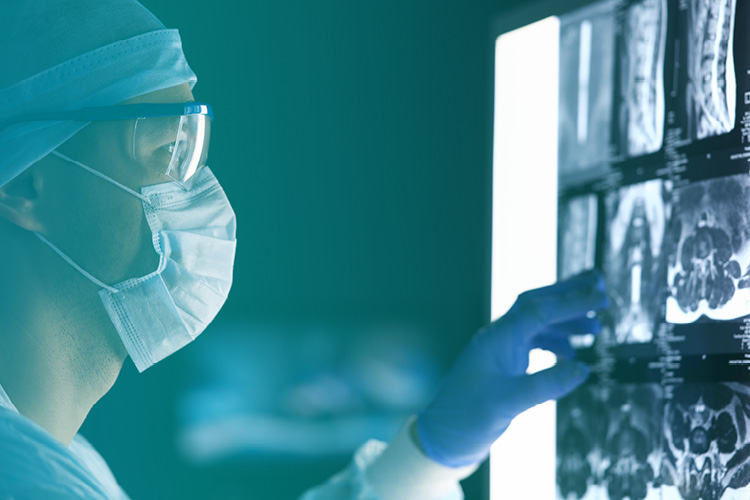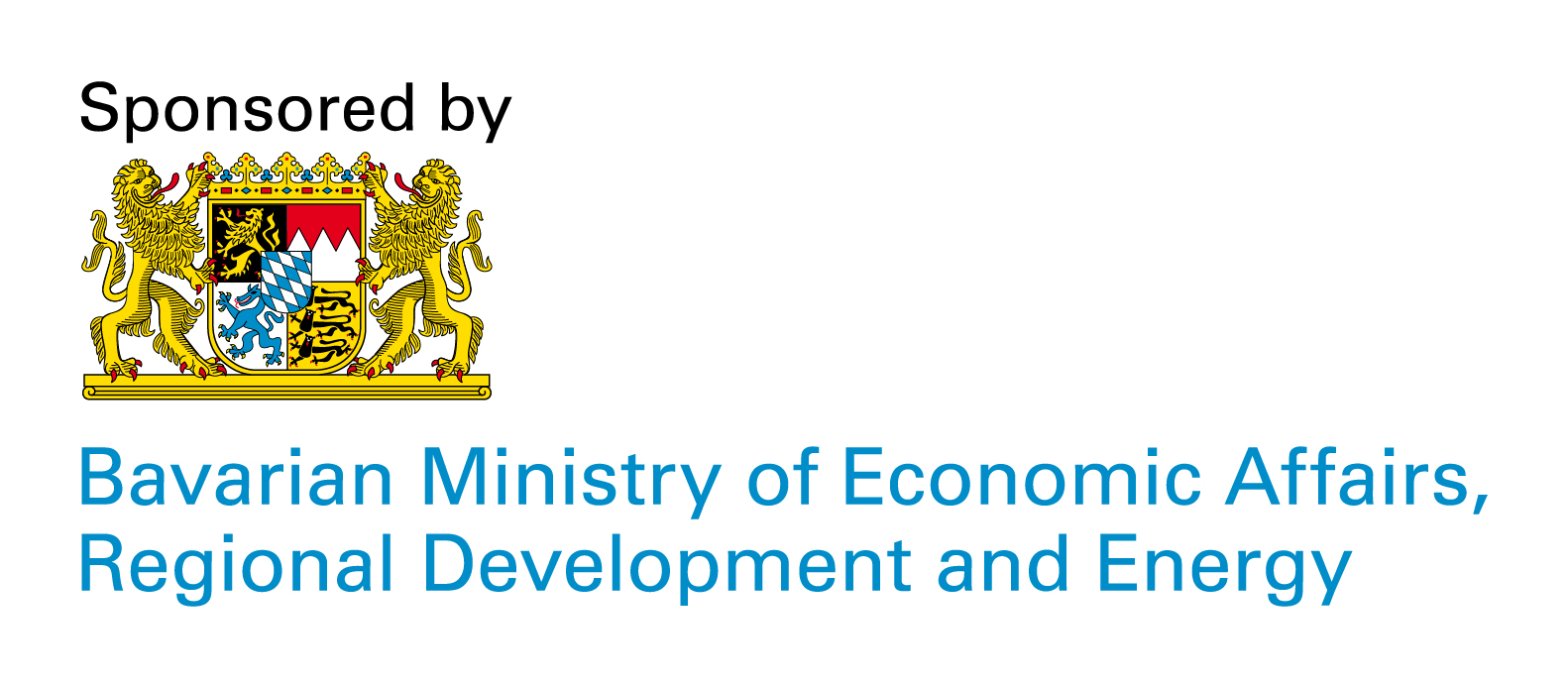Fraunhofer IKS brings together safety and artificial intelligence (AI): Robuscope, a new application from the Fraunhofer Institute for Cognitive Systems IKS assesses the reliability of artificial intelligence at the push of a button.
Robuscope allows industrial companies, universities and other scientific institutions to test the robustness of the results of their AI model. The new platform uses metrics for uncertainty and robustness quantification to assess the reliability of the analyses of the tested AI models. The online tool of Fraunhofer IKS provides detailed information on how the tested AI models can be optimized and thus be made safer.
Specifically, Robuscope provides answers to the following questions:
- How reliable is the self-assessment of the artificial intelligence?
- How robust is the model?
- What is the quality of its predictions?
And what’s more: the tool does not need sensitive data to make reliable statements
No sensitive or confidential data, such as the AI model or real data, needs to be uploaded to use the tool. The online tool of Fraunhofer IKS provides detailed information on how the tested AI models can be optimized and thus be made safer.
 Fraunhofer Institute for Cognitive Systems IKS
Fraunhofer Institute for Cognitive Systems IKS
